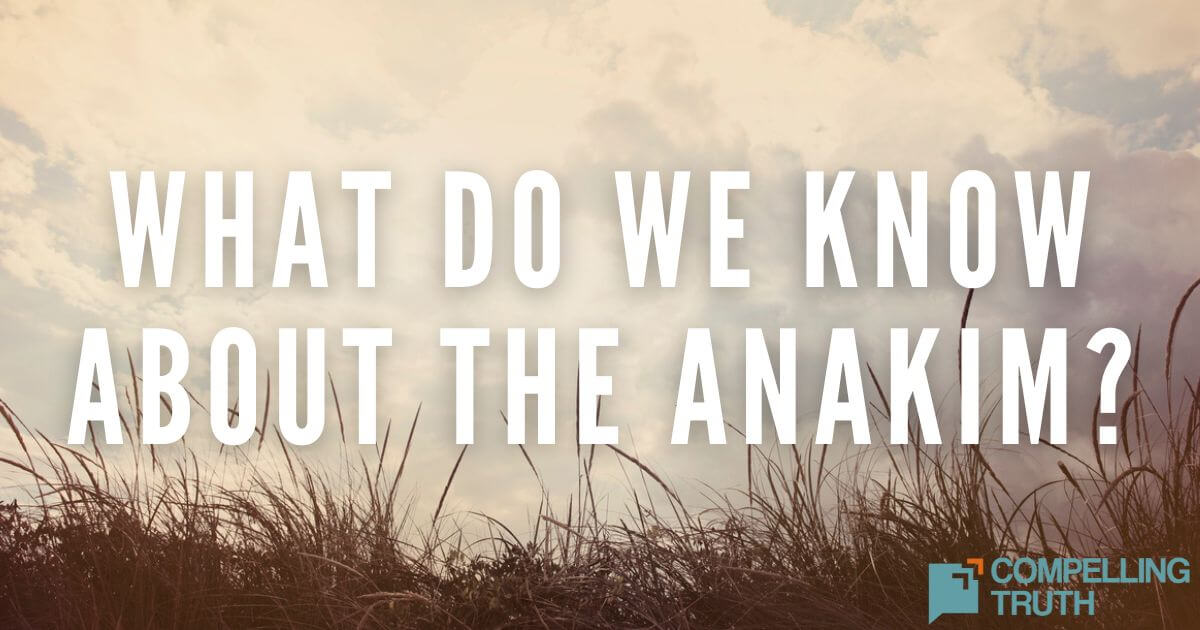The Moabites descended from Moab, son of Lot, born through an incestuous relationship. They originally lived southeast of the Dead Sea but lost territory to the Amorites. King Balak of Moab tried to curse the Israelites during their forty-year wilderness journey. The most notable Moabite story is that of Ruth, who married Boaz and became an ancestor of King David and Jesus. The Moabites exemplify how God can work through different groups for His purposes.
The Moabites offer a powerful example of how God can work through a group of people for His purposes. Through the Moabite woman Ruth, we find King David, a leader in Israel from whom Jesus was descended. Ruth is even favored with being one of only four women mentioned in the genealogy of Jesus in Matthew's gospel (Matthew 1:5). God can work through anyone, regardless of their background or past mistakes, to fulfill His divine purposes. It encourages us to recognize and embrace the potential for transformation and purpose in our own lives and the lives of others, reminding us that God's grace can extend beyond cultural and historical boundaries.




